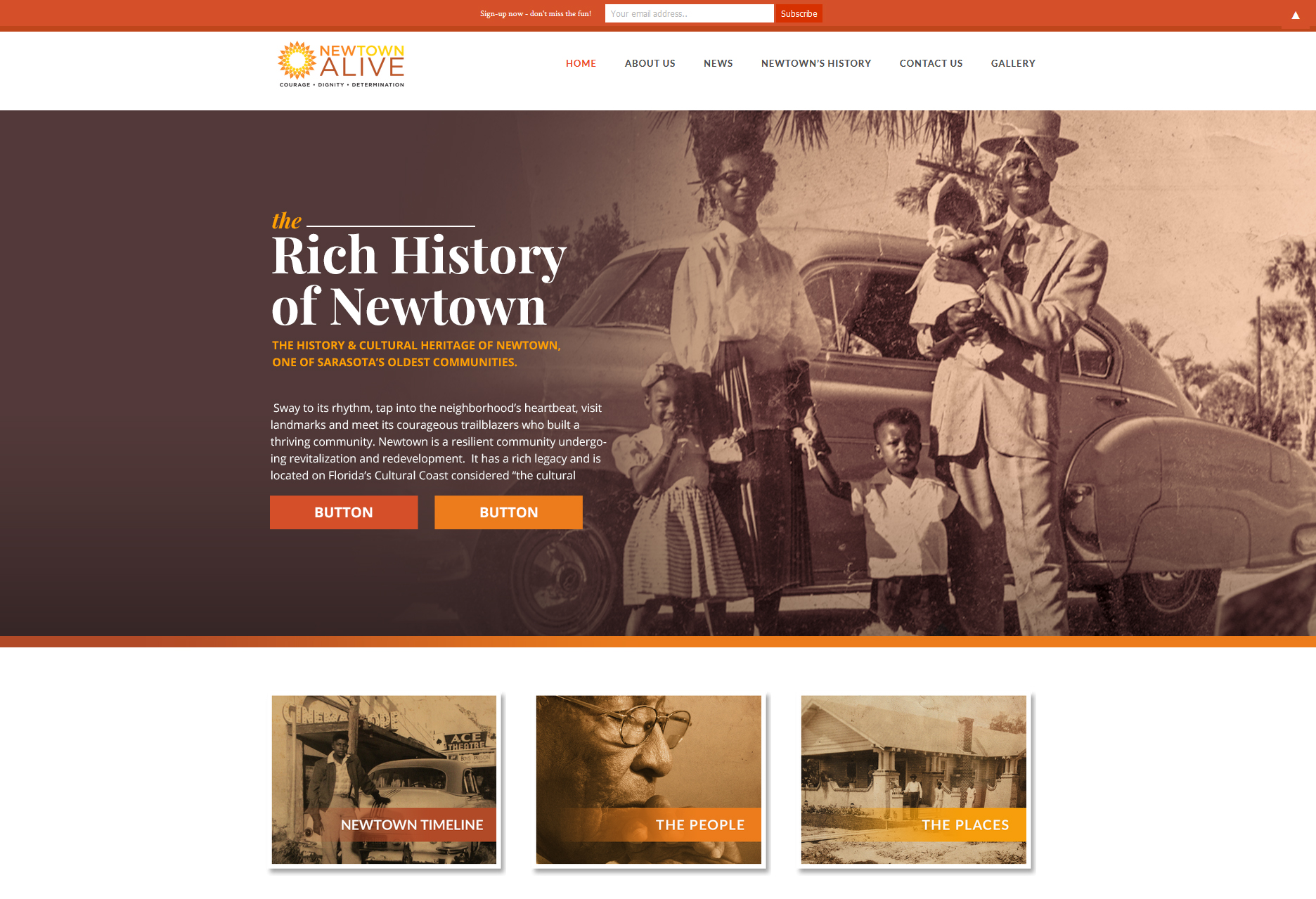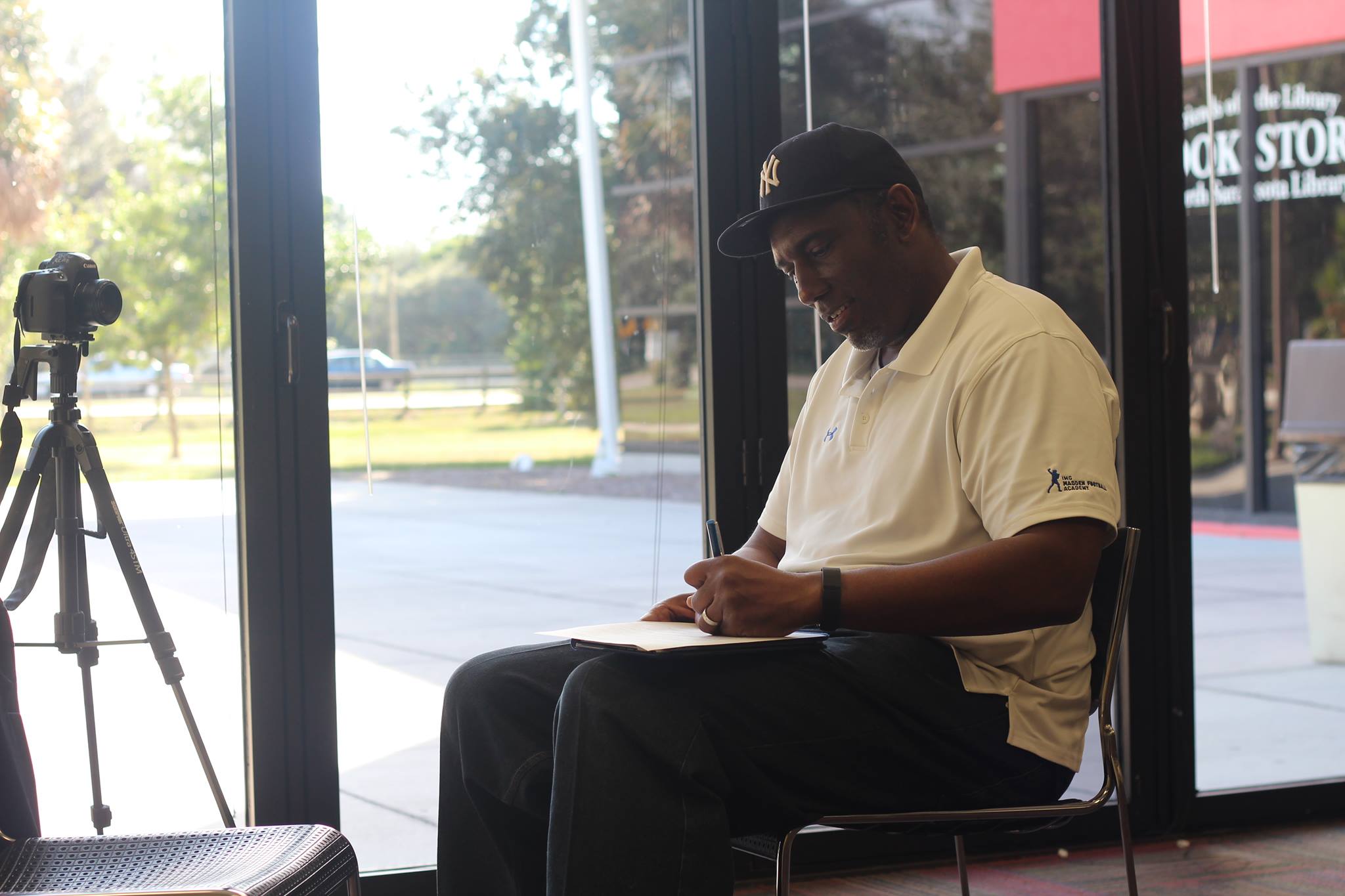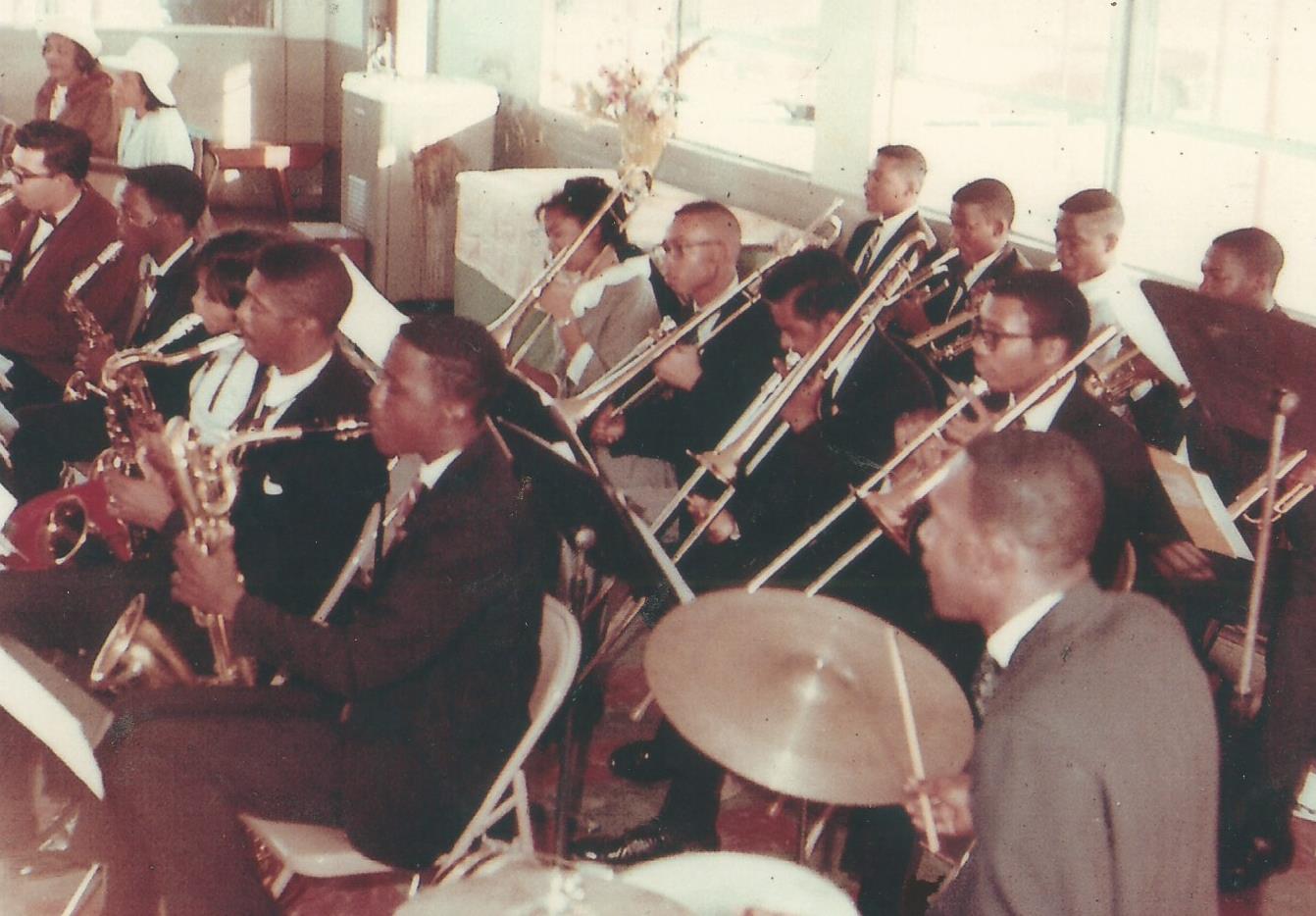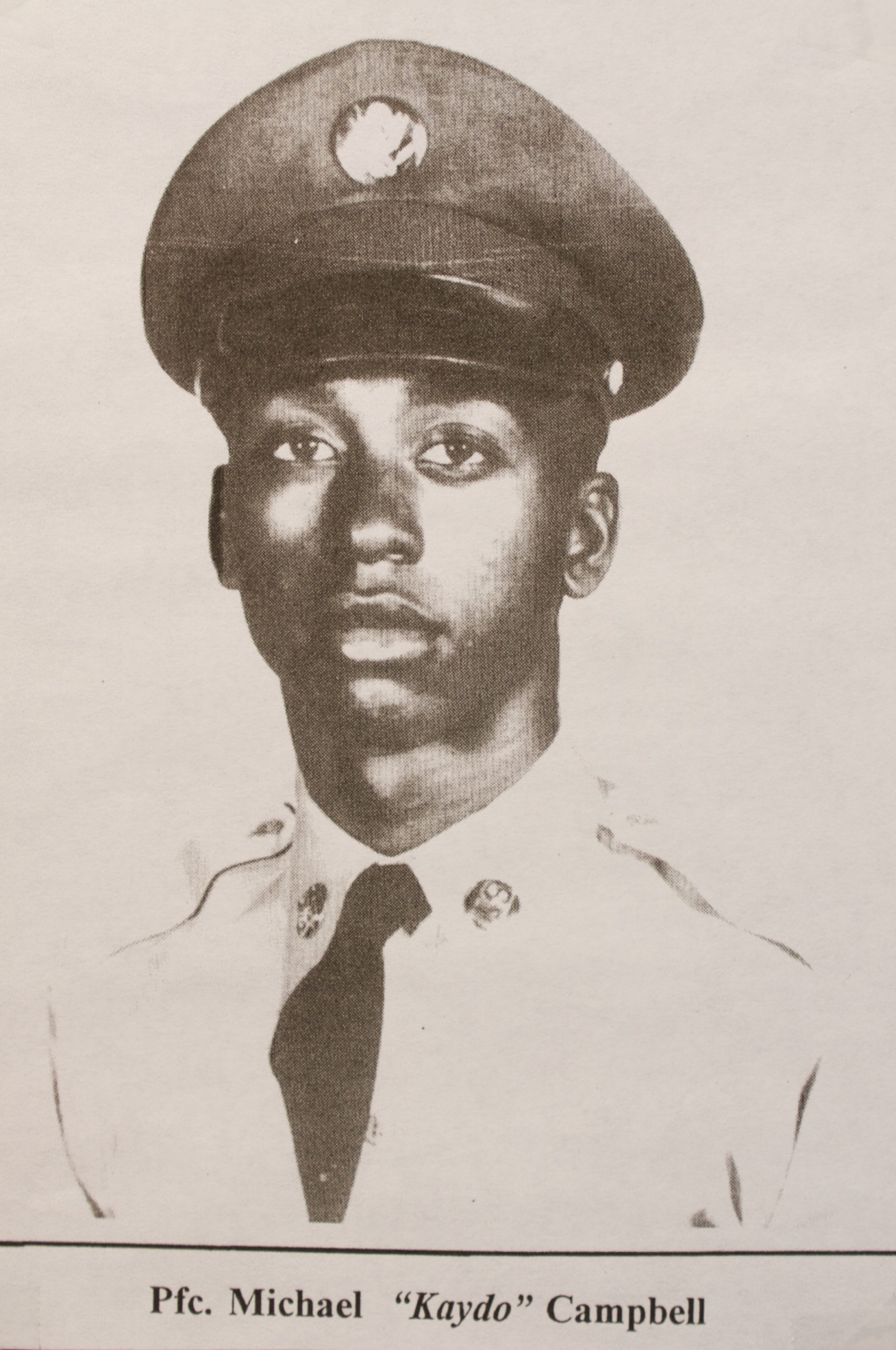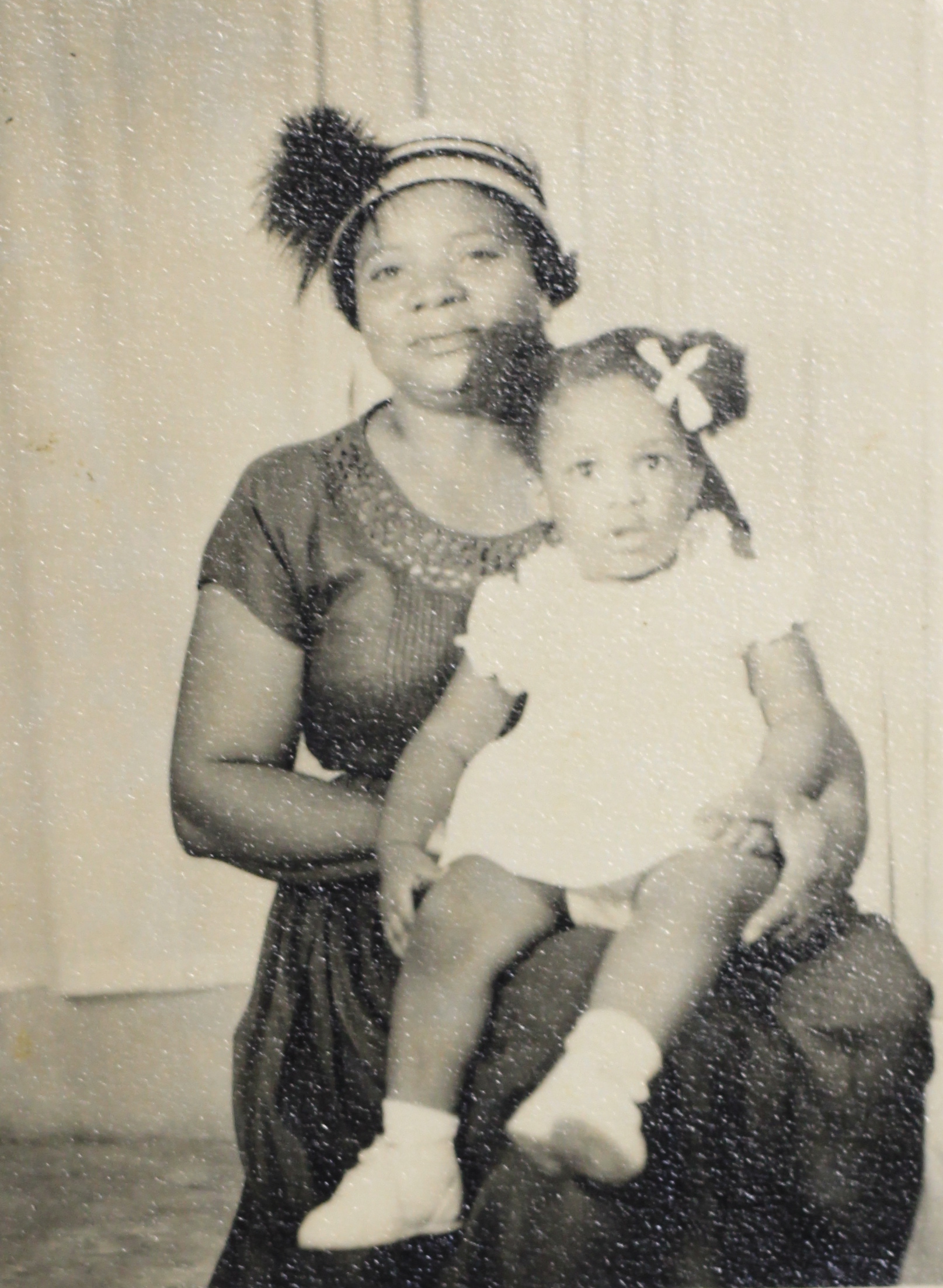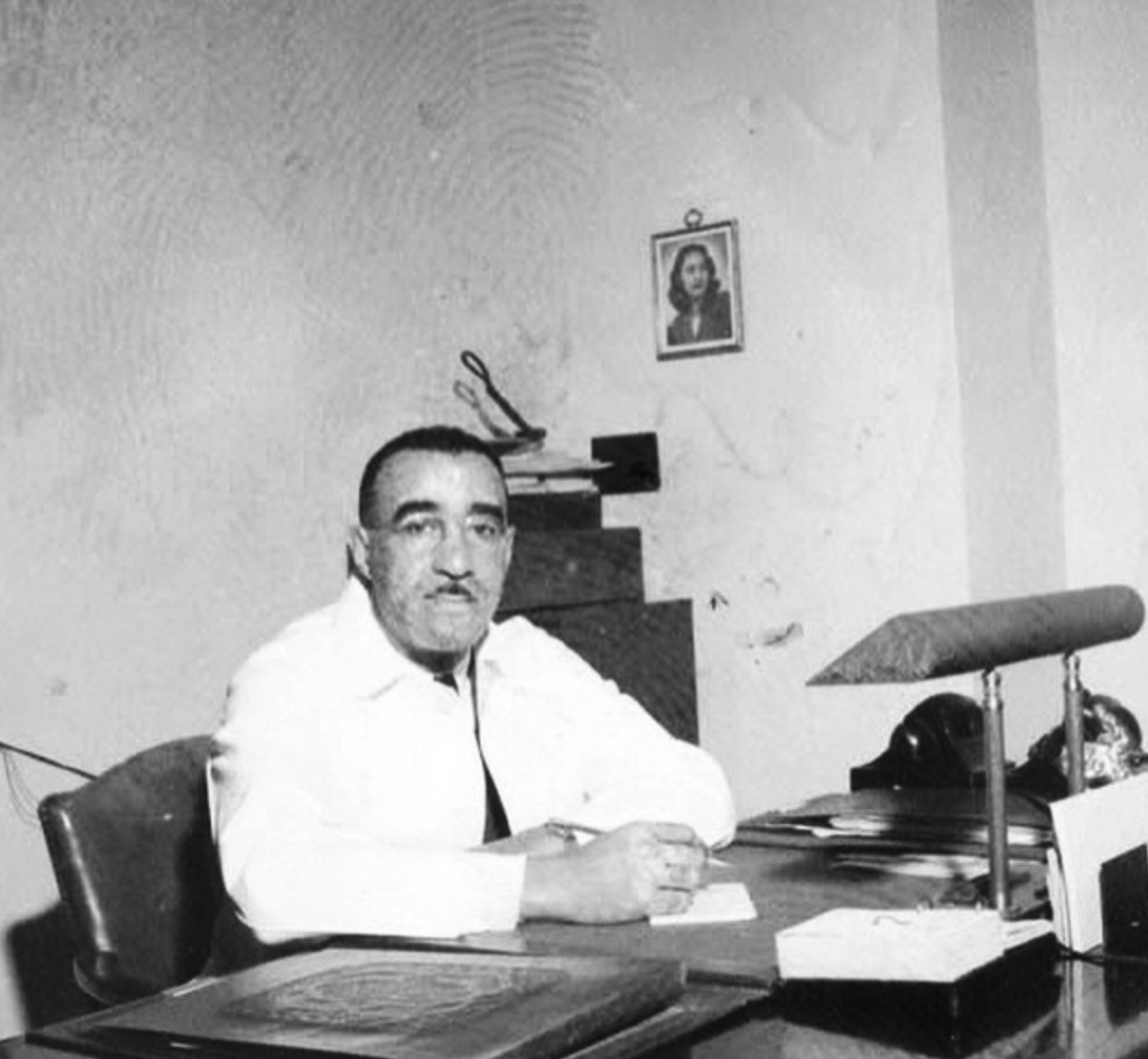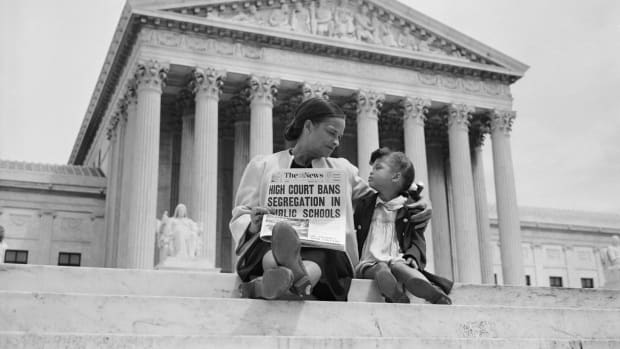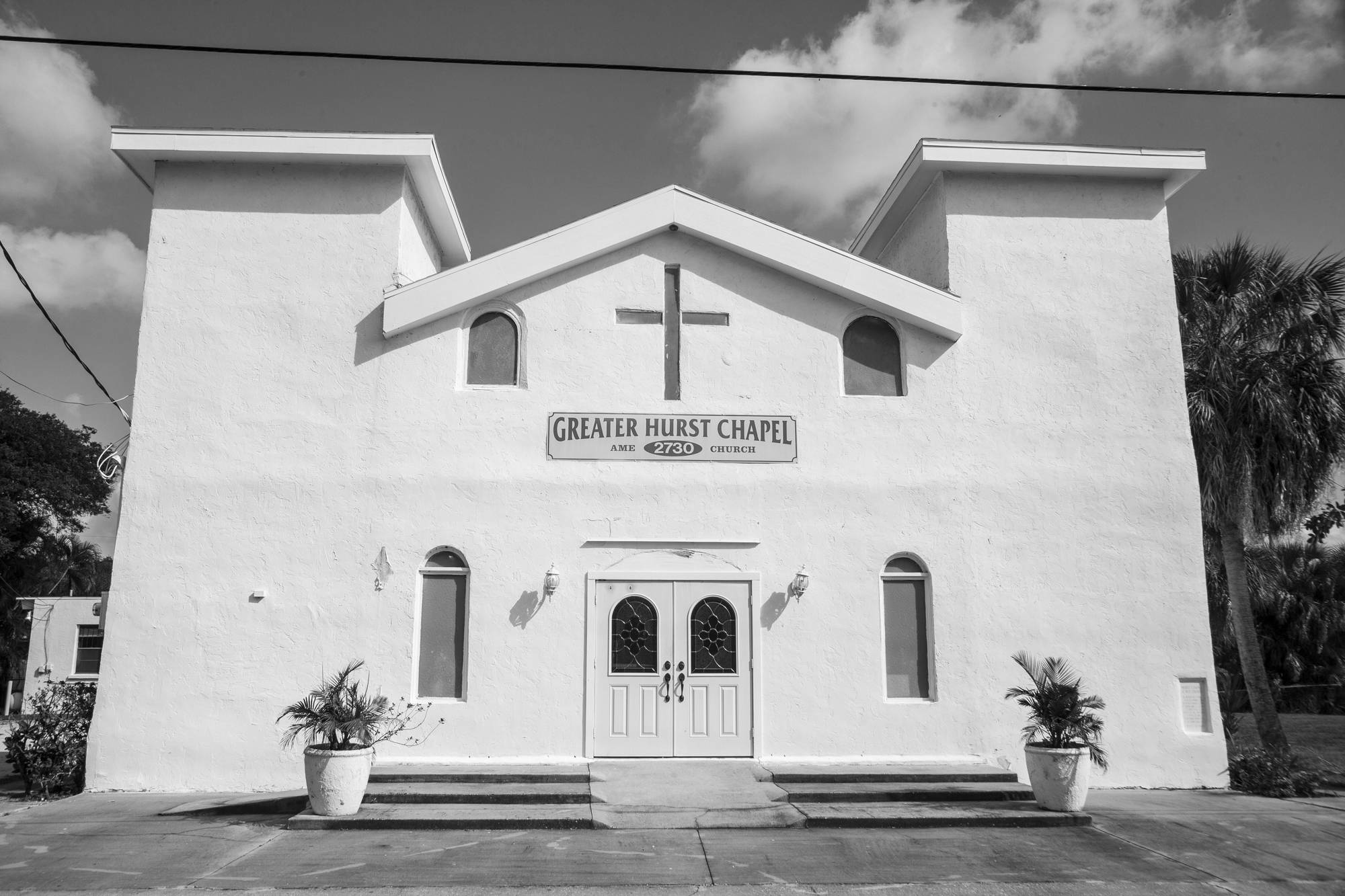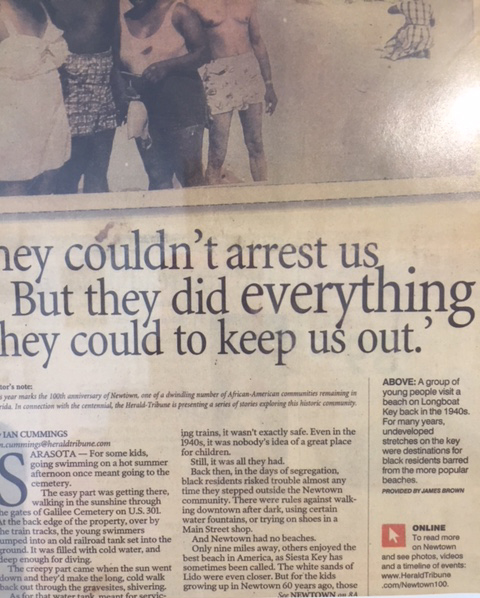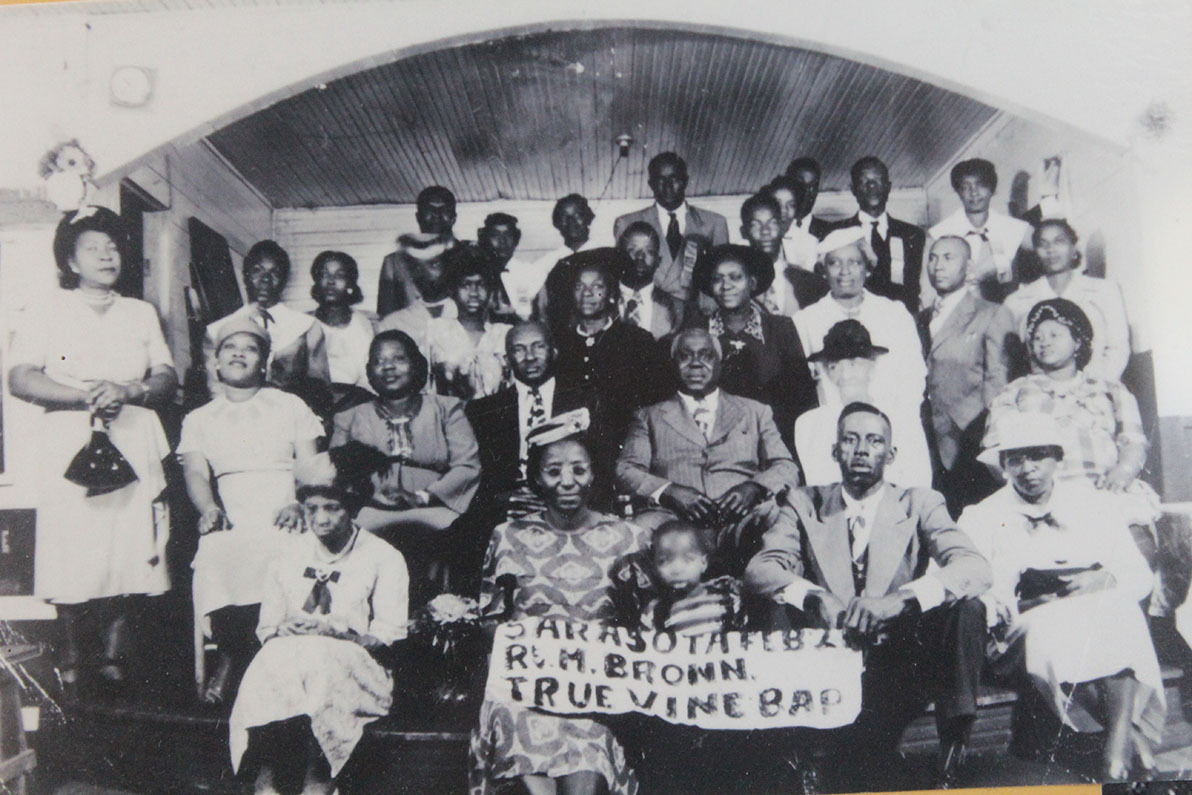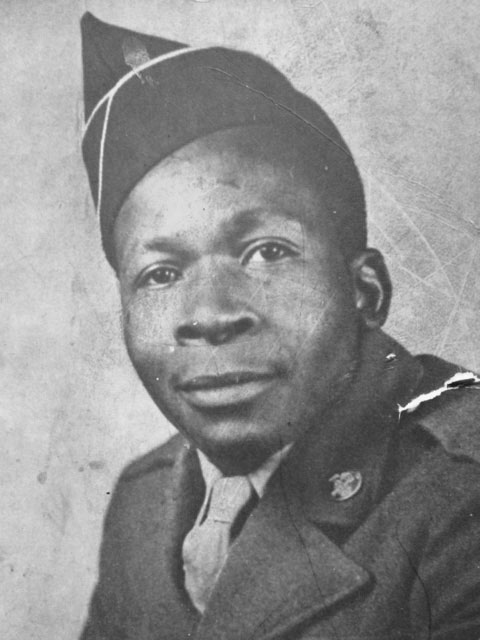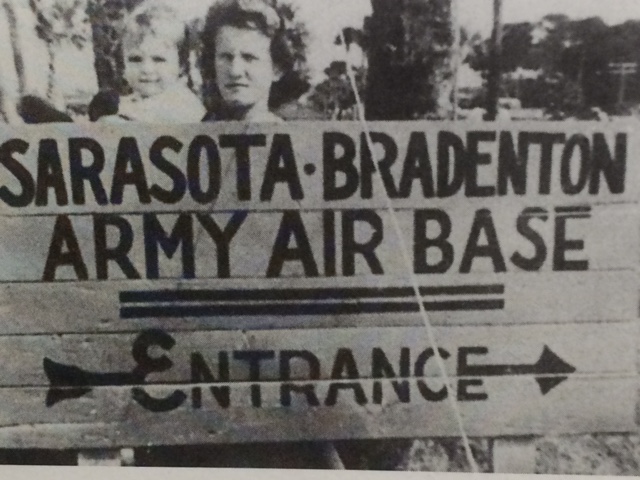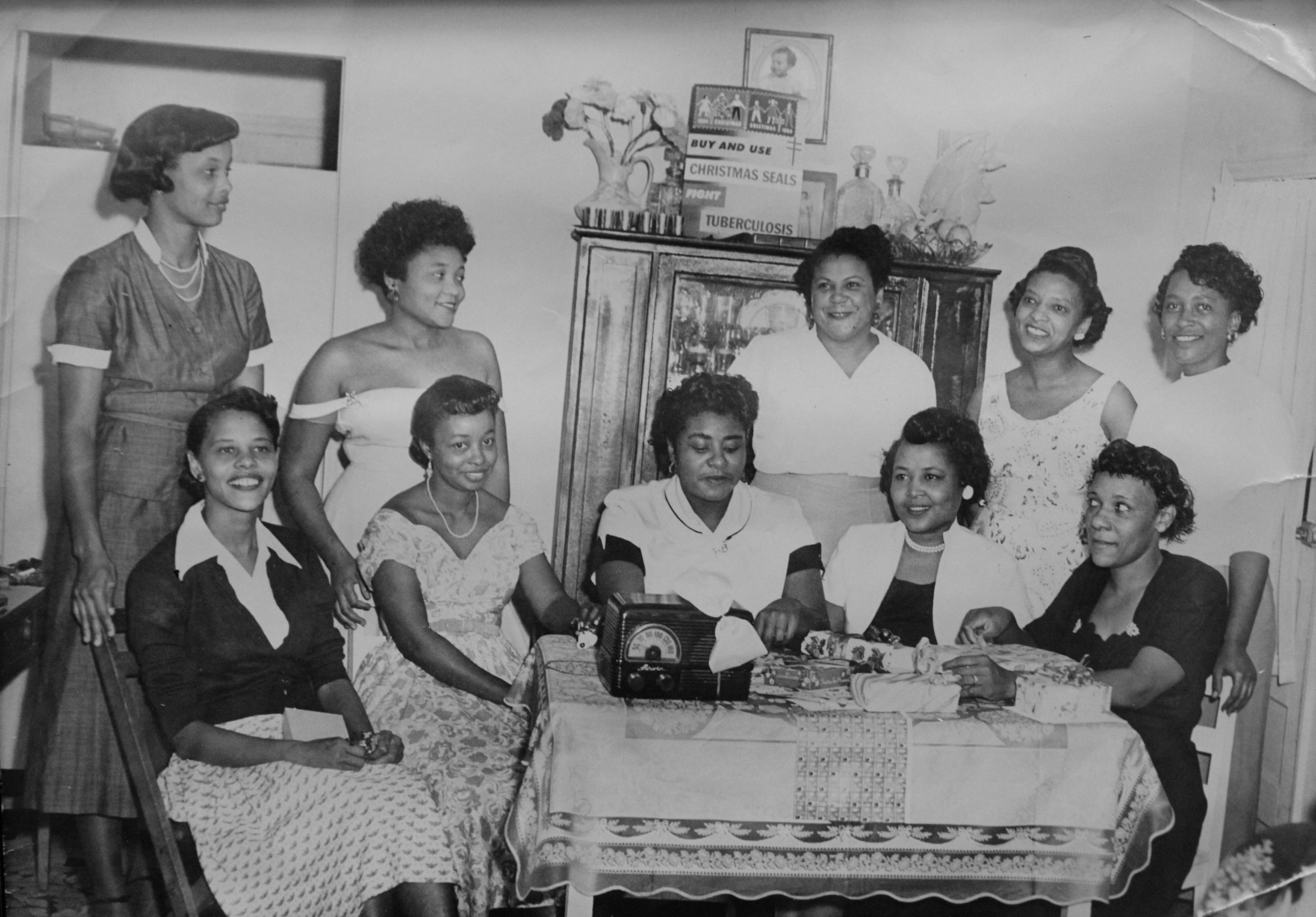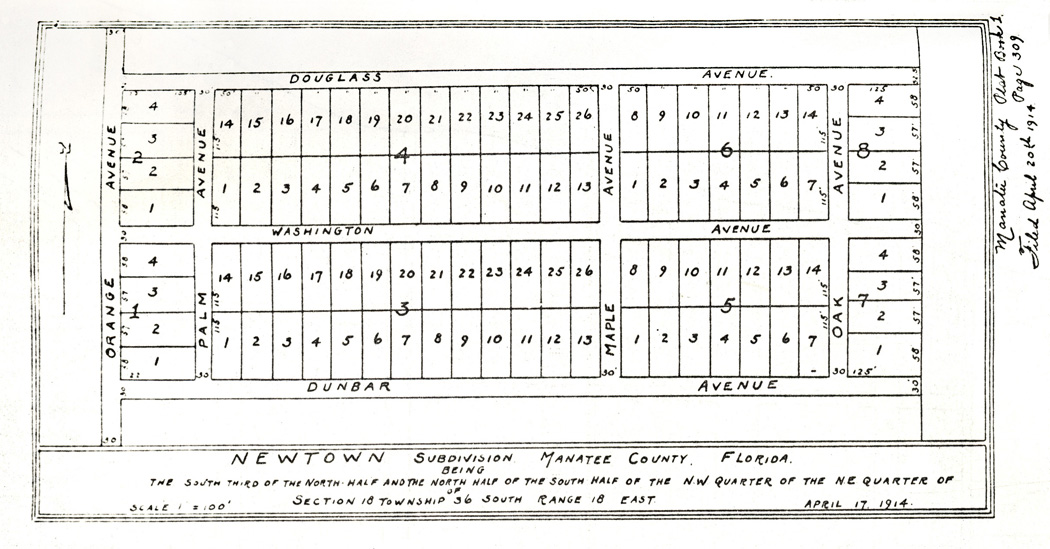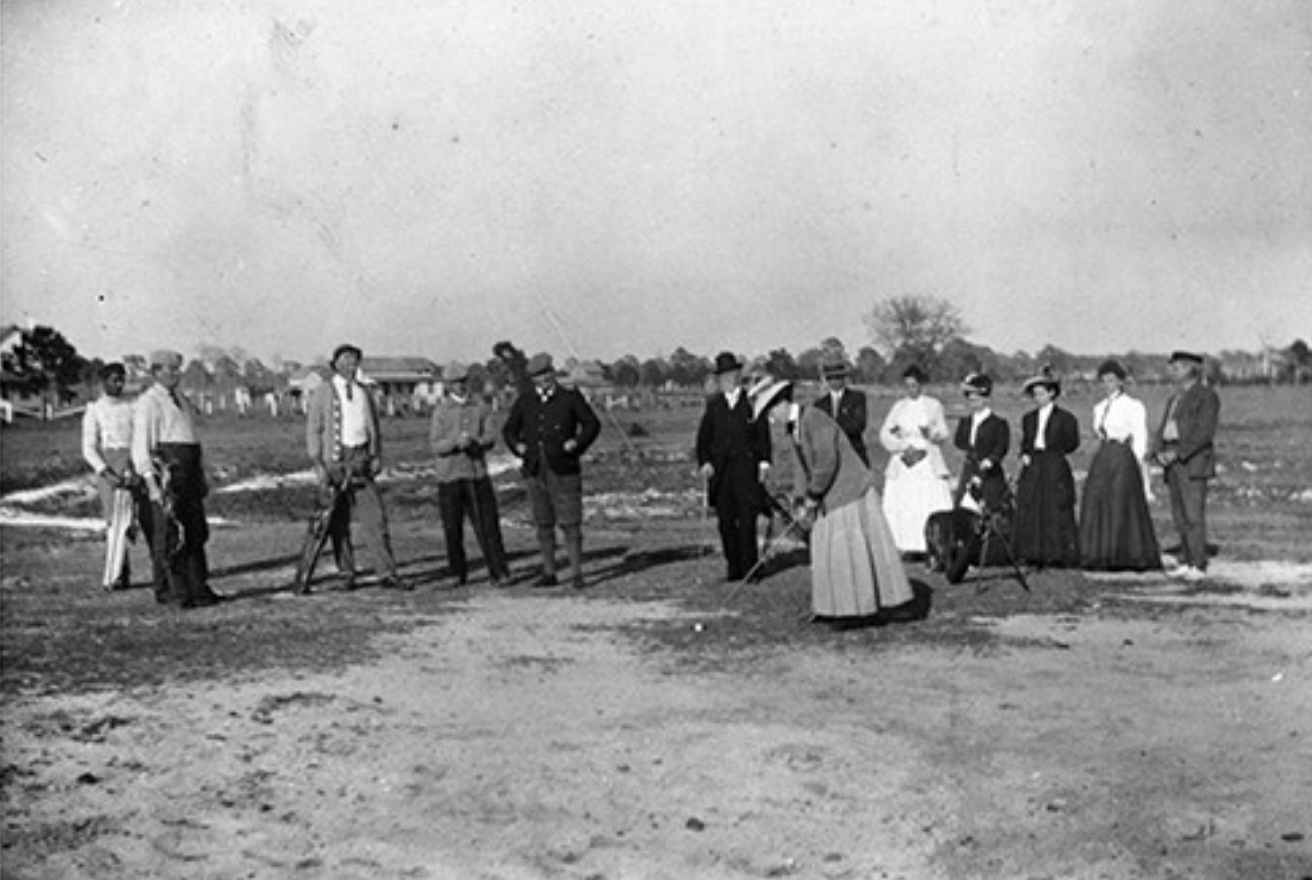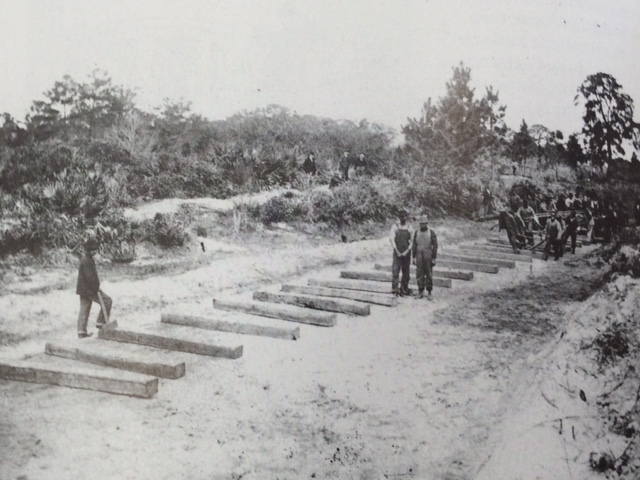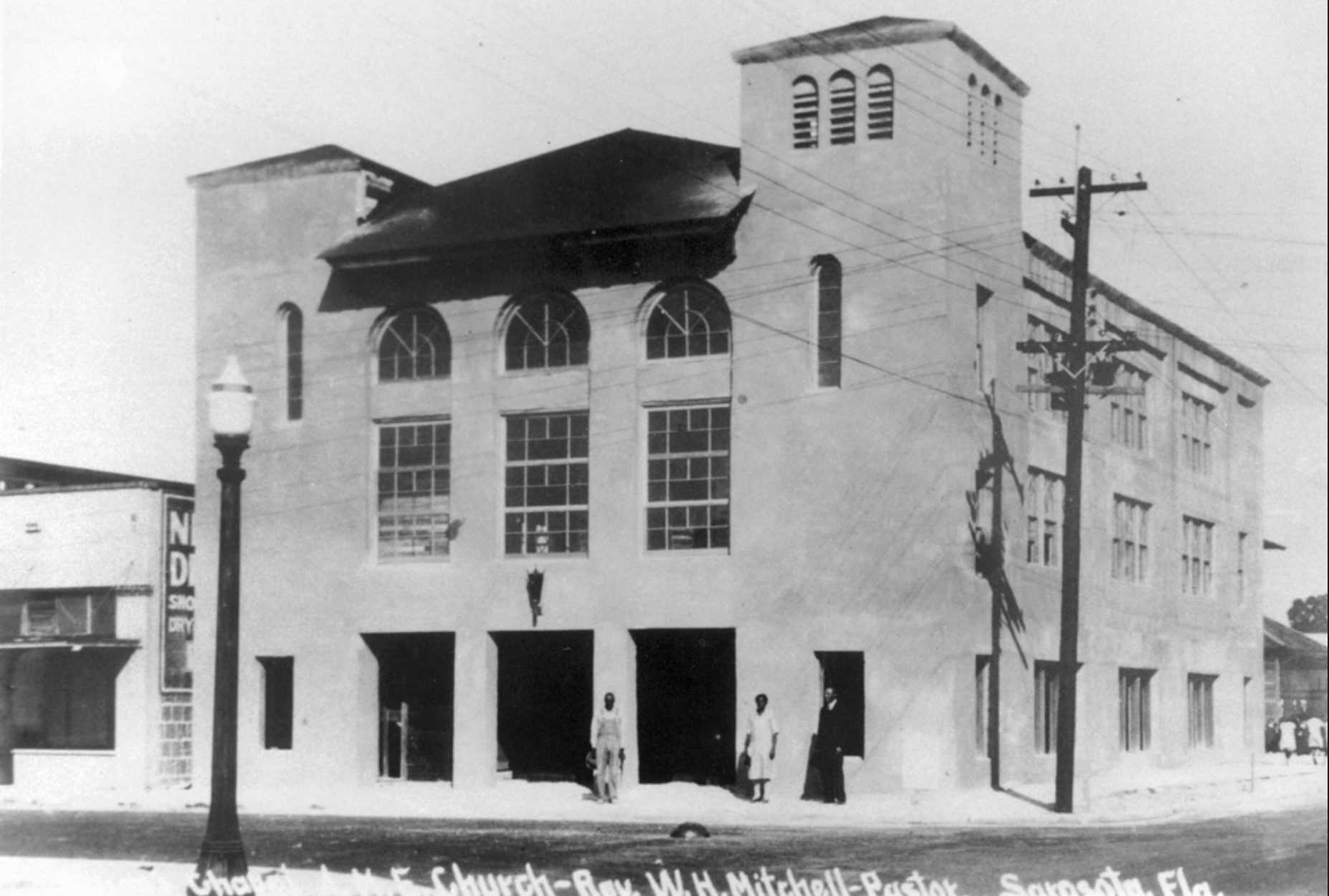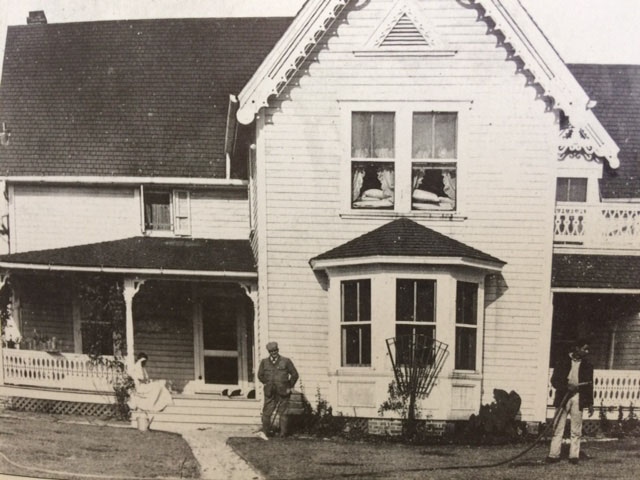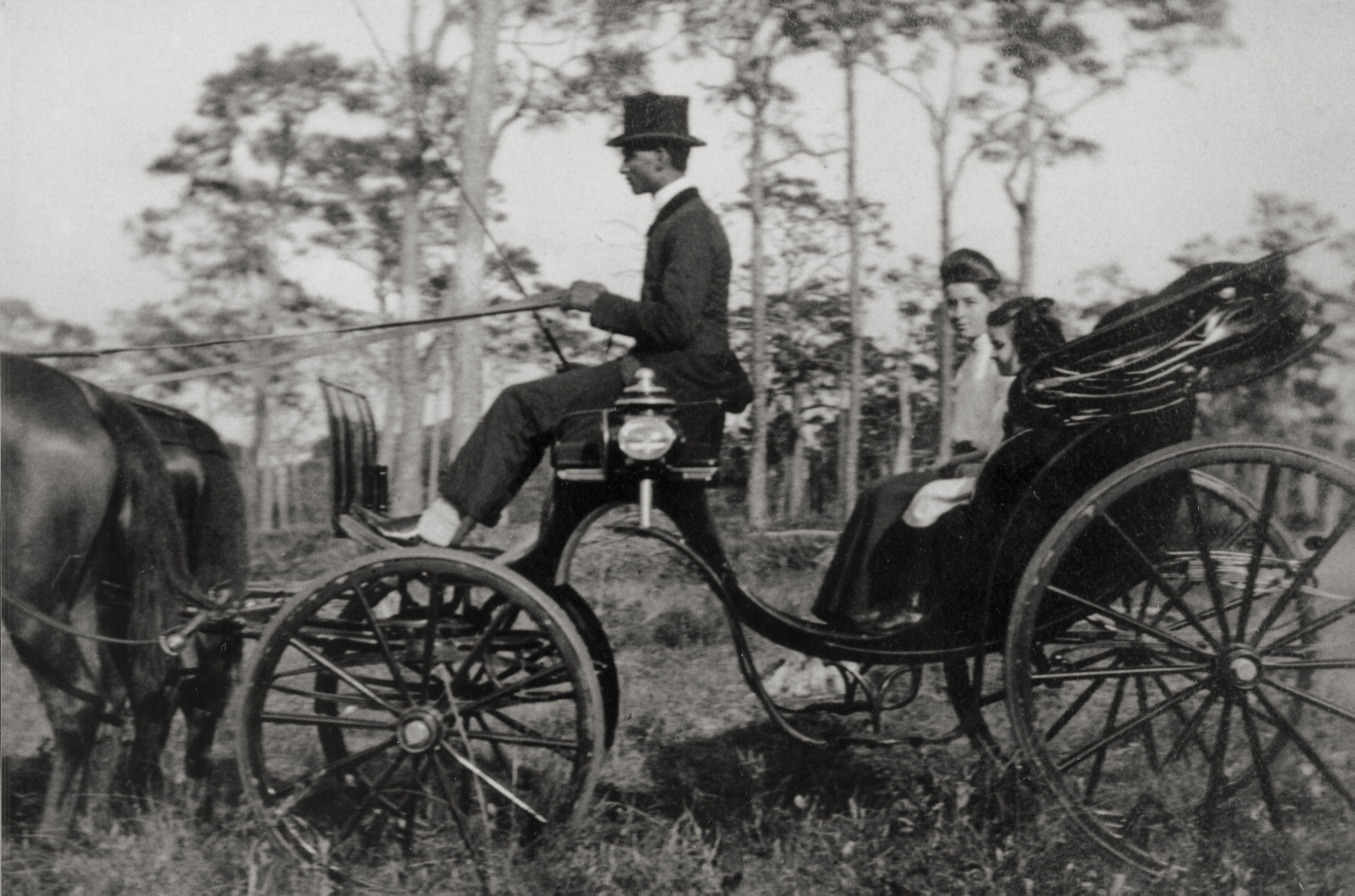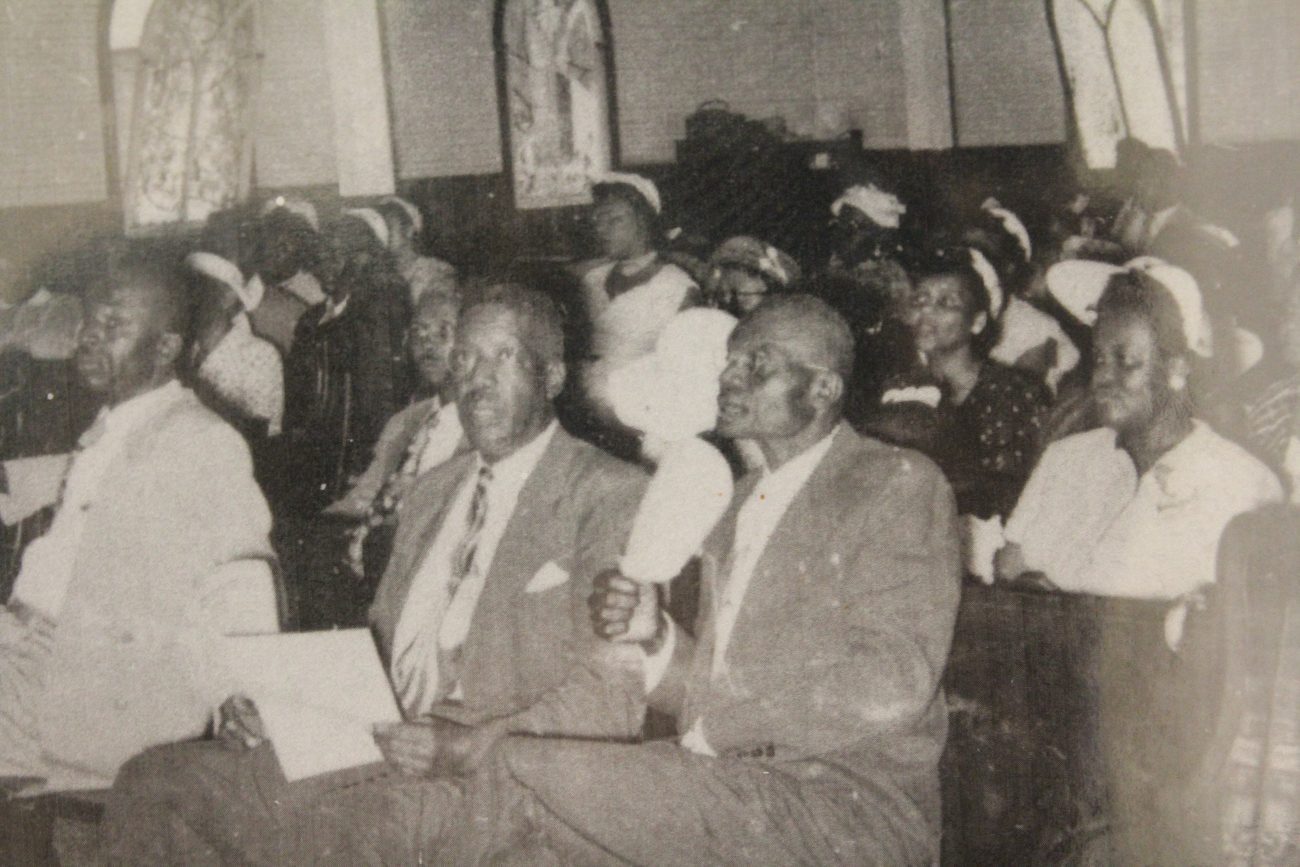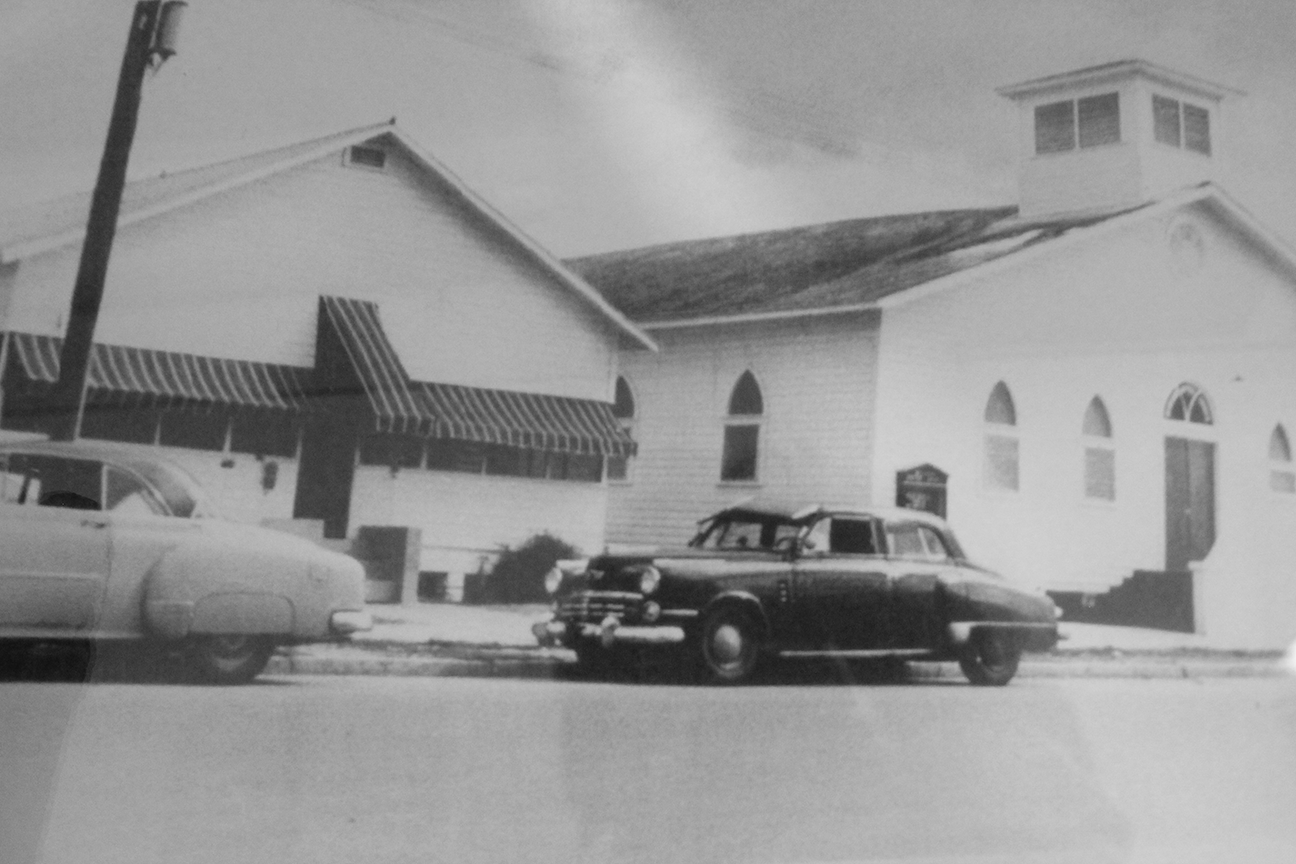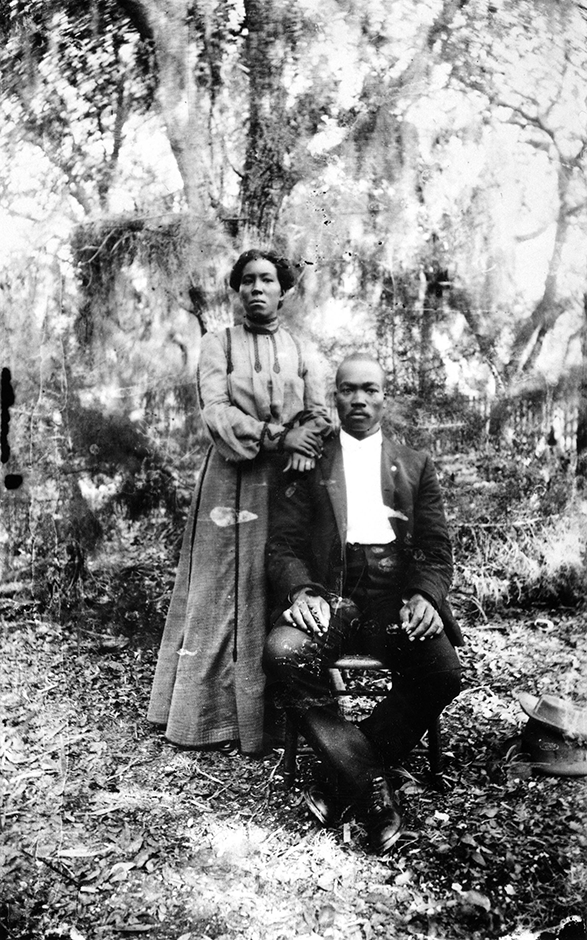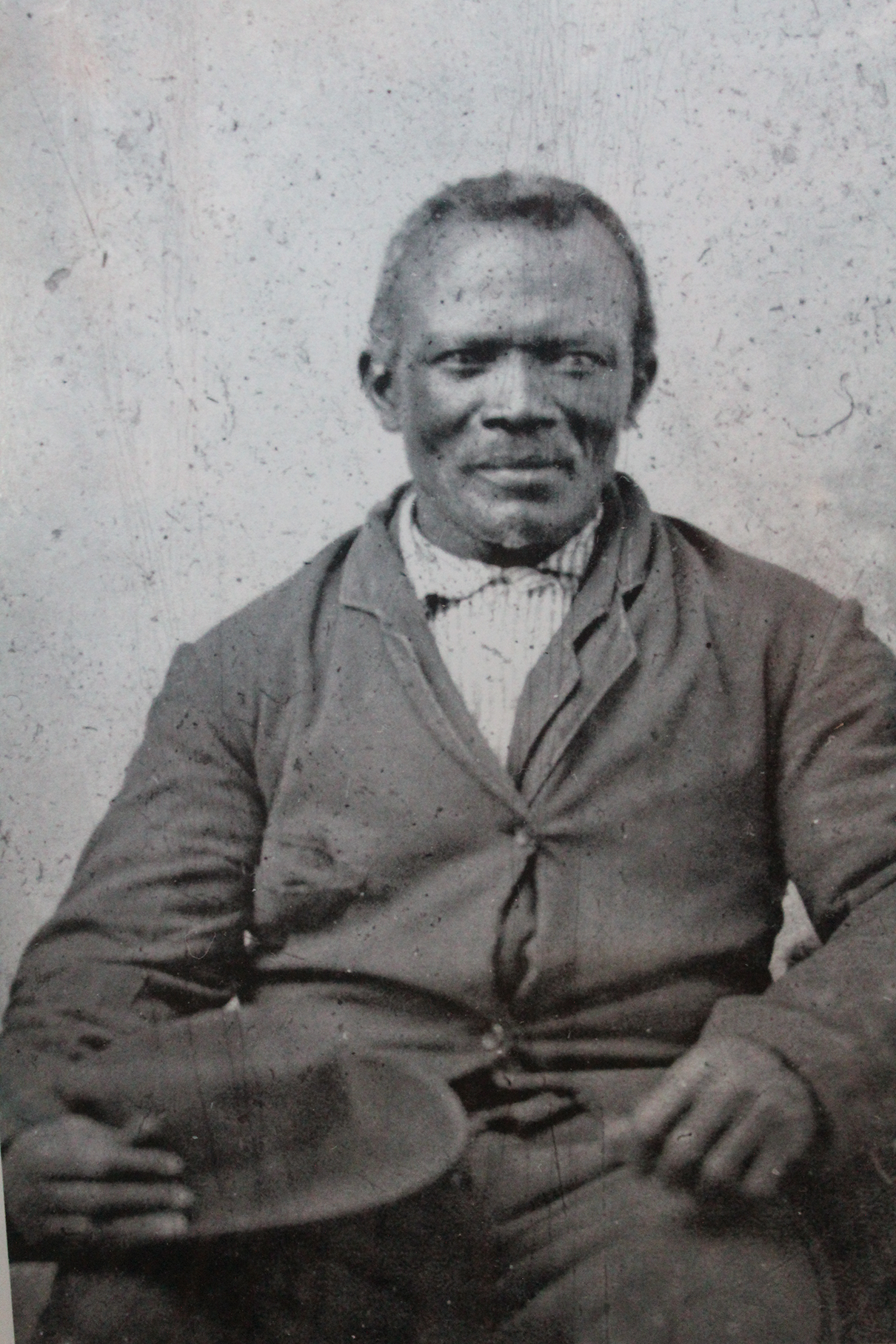Newtown Conservation Historic District team is awarded the “community service” award at the Dr. Martin Luther King, Jr. Celebration Breakfast on January 19, 2016.
Janie’s Gardens Phase III
Public housing development “Janie’s Gardens Phase III” opens with 72 units in 2016.
A few of the oldest businesses remain open
A few of the oldest businesses still remain open in Newtown: Jetson’s Creative Trends, Brother Lance’s food stands, the Town Hall Restaurant, Second Chance Last Opportunity and Dollar Dynasty.
Booker High School diverse student enrollment
In the years 2016 to 17- Booker High School has the most diverse student enrollment of all Sarasota County schools. There are one third African American, Caucasian and Latina students.
Approval for Newtown Website
Groundbreaking held
In 2016, a groundbreaking was held on November 9 for a Sarasota Memorial Health Care System outpatient clinic’s construction at 1825 Dr. Martin Luther King, Jr. Way. Expected completion date is Summer 2017. The clinic will offer primary and preventative care by resident physicians training in the Internal Medicine Residency Program at Sarasota Memorial. They will be under the supervision of physicians on the faculty of Florida State University College of Medicine.
The Newtown Conservation Historic District Project starts
In 2015, the Newtown Conservation Historic District Project kicks off with a team of experts selected to document Newtown’s 100-year history in a research report, through oral histories and an analysis of historic resources. The team consists of volunteer researchers from ASALH and the community; and Project Director Vickie Oldham, Cultural Anthropologist Dr. Rosalyn Howard, Architectural historian Dave Baber, Sarasota architect Chris Wenzel and social media strategist and photographer Kacey Troupe.
Patrick Carter was inducted into the Florida State University Hall of Fame
Athletes inducted into Riverview High School Hall of Fame
In 2015, athletes Tony Green (NFL Washington Redskins and Seattle Seahawks) and Patrick Carter (NFL Detroit Lions, the Los Angeles Rams, the Houston Oilers and the Arizona Cardinals) were inducted into the Riverview High School Hall of Fame.
Janie’s Gardens Phase II opens
Public housing development “Janie’s Gardens Phase II” opens with 68 affordable housing units and retail spaces along Newtown’s primary thoroughfare in 2011.
Robert L. Taylor Community Complex opens
The rebuild of Booker High School
A $60 million rebuild of Booker High School transformed the campus into a 21st century learning environment with state-of-the-art classrooms, labs and offices in 2010.
Churches merge together
Abundant Life Christian Center merged with Bethesda Word of Faith Church and became Light of the World International Church in 2010.
Trinity Christian Fellowship Center, Inc. acquires land in Sarasota
Trinity Christian Fellowship Center, Inc. acquired 19.1 acres of land in Sarasota to construct a sanctuary, children’s church, gymnasium, a school and retirement center in 2009.
“A Whitepaper 2009: Sarasota’s Newtown Healthcare Iconoclasm” is published
“A Whitepaper 2009: Sarasota’s Newtown Healthcare Iconoclasm” is published by James E. McCloud condemning the appalling state of healthcare for African Americans in Sarasota.
Janie’s Gardens Phase I
Public housing development “Janie’s Gardens Phase I” opens with 86 units in 2009.
The City Commission made Newtown’s uplift and renovation a priority
In 2009
Carolyn Mason elected to serve on Sarasota County Board of Commissioners
In 2008, Carolyn Mason was elected as the first African American female elected to serve on the Sarasota County Board of Commissioners.
The documentary “Condemned” is released
In 2005, the documentary “Condemned” illuminated racial disparities of public housing living conditions in Sarasota.
Brownfield
The EPA designated the former city “dump” site in Newtown as a “Brownfield” in 2004.
Newtown-North Sarasota Redevelopment Office established to support and strengthen the community
In 2002, the Newtown-North Sarasota Redevelopment Office was established to support and strengthen the community in areas of economic and business development; administration; neighborhood strategic alliances; redevelopment projects; and enriching the recreational, educational and environmental well being of local residents and stakeholders.
Overtown designated as “the first black community” in Sarasota
In 2002, Overtown was designated as “the first black community” in Sarasota, was entered on the National Register of Historic Places by the U.S. Department of the Interior, National Park Service.
Overtown stakeholders
Overtown stakeholders reached a consensus to seek Historic District designation in 2001.
First female African American mayor in Sarasota
Trinity Christian Fellowship Center Incorporated established
In the year 2000, Trinity Christian Fellowship Center Incorporated was established on July 9 by Rev. R. Vincent Smith, III.
Amaryllis Park Neighborhood Association reorganized
In the year 2000, the Amaryllis Park Neighborhood Association was reorganized on June 6 with Mr. Calvin Bryant as President.
Abundant Life Christian Center established
In 1999, the Abundant Life Christian Center was established by Pastor Kelvin Lumpkin with 11 members.
The Sarasota County Health Department eliminated home visits
The Sarasota County Health Department eliminated home visits in 1995.
Buck O’Neil Baseball Complex named after Buck O’Neil
In 1995, Sarasota named the Buck O’Neil Baseball Complex in honor of Buck O’Neil who gained fame in the Negro Leagues and Major League Baseball.
Celery fields converted to tourist destination
In 1994, the celery fields were purchased by Sarasota County and converted into a tourist destination.
First African American elected as City of Sarasota Commissioner
In 1985, Fredd Atkins was elected the first African American to serve as a City of Sarasota Commissioner.
Newtown Little League becomes part of Little League International
In 1984, Newtown Little League became part of Little League International and opened up play the first weekend in April with eight teams. The founder and President was Fredd Atkins; the Vice President was Ricky Thomas and the Head Coach of Officials was Ervin Crummer.
Six Florida organizations wrongly accused of crimes by the FBI
Six Florida community -based organizations (C.B.O.s), including Newtown’s Union of Concerned Parents were wrongly accused of crimes by the FBI in 1981.
The West Coast Center for Human Development and Koinonia Missionary Baptist Church
The West Coast Center for Human Development and Koinonia Missionary Baptist Church were established in 1980.
NAACP National Convention
Florida hosts the NAACP National Convention for the first time in 1980.
Sarasota Sickle Cell Foundation formed
In the year 1980, Sarasota Sickle Cell Foundation was formed with Clara Williams as President. The foundation offered financial and medical assistance with counseling and education.
Northside Progressive Men’s Club and North County Civic League formed
During the 1980s, the Northside Progressive Men’s Club and The North County Civic League are formed.
Federal lawsuit was filed by Newtown activists against the City of Sarasota
In the year 1979, a federal lawsuit was filed by Newtown activists against the City of Sarasota. The plaintiffs were Edward James, William F. Jackson, John H. Rivers, and Sheila E. Sanders. Fred E. Soto, Mayor of Sarasota; Ron Norman, Vice-Mayor; T.J. “Tony” Saprito, Rita Roehr, and William McCullough were the defendants.
The suit sought a judgment against Sarasota’s at-large system that diluted black voting strength. The plaintiffs wanted an injunction to prevent the defendants from holding any other elections under the at-large system. They also wanted the court to order that city commissioners be elected from single-member districts.
McCown Towers
In 1978, public housing development “McCown Towers” opens with 175 units
The First Freedom Fund banquet
In 1975, the First Freedom Fund Banquet was held in Florida.
The Union of Concerned Parents
In 1973, the Union of Concerned Parents is formed.
First African American named principal of predominately white school
Black Almanac hosted by Dr. Ed James II
The show “Black Almanac” hosted by Dr. Ed James II begins the 2nd week of April 1972 on Sarasota’s ABC affiliate, ABC 7. Dr. Edward James II requested the construction of a dugout at the Newtown Estates baseball field to protect players from inclement weather. The dugout is dedicated in honor of Dr. James.
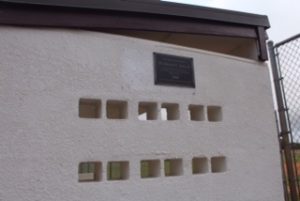
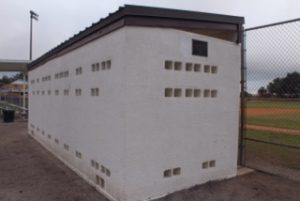
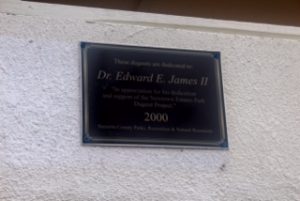
Public housing development “Janie Poe” opens
In the year 1971, the public housing development “Janie Poe” opens with 128 units and “Cohen Way” opens with 72 units.
The Henry L. Porter Evangelistic Association, Inc.
In 1971 the Henry L. Porter Evangelistic Association, Inc. was established
Booker High School reopens as a Visual and Performing Arts magnet program school
During the 1970s, drug activity played a significant role in reducing the number of Newtown businesses
During the early 1970s, Most of the city’s African American population had relocated to Newtown
Georgia Thomas was congratulated for 25 years of service as a nurse
In the year 1970, Georgia Thomas was congratulated for 25 years of service as a nurse at Sarasota Memorial Hospital. She began working at the hospital in 1945 when it integrated its staff.
Riverview’s First African American Commencement Speaker
In the 1970s Walter Reid, Jr presented a farewell to his high school by becoming the first African American to give the graduating speech to the then recently integrated Riverview High School. Reid’s presentation was so dynamic the he received a standing ovation from the crowd in attendance, and the media coverage the next day filled with accolades.
In his years at the integrated Riverview High School, he was the only African American that was a member of the National Honor Society, and graduated with High Honors.
2,353 African American students protest proposed closing of Amaryllis Elementary School
The nation’s first statewide teachers’ strike occurred in Florida.
In 1968
Booker Jr. High School closed
In 1968 Booker Jr. High School is closed.
Booker High School closed
In 1967 Booker High School is closed.
City of Sarasota passes an ordinance against interracial beaches
On the year 1967, in defiance of the Civil Rights Act of 1964, the City of Sarasota passed an ordinance against interracial beaches. Carloads of Newtown residents drove repeatedly to several segregated beaches, protesting the discriminatory Jim Crow policies until they were revoked.
The federal government orders all schools to integrate
In 1967 the Sarasota County schools are integrated.
Michael Campbell became the first Vietnam War Casualty from Newtown.
Mrs. Viola Sanders organizes Amaryllis Park Neighborhood Association to support sick neighbors
In the year 1964, Mrs. Viola Sanders organized the Amaryllis Park Neighborhood Association to support neighbors who were sick or bereaved. She started the practice of sending cards, flowers and resolutions to the sick or the family of the deceased, collecting donations door-to-door. Neighbors formed a crime watch and walked their community.
Roland Rogers takes the position of Coordinator of Community Relations
During the year 1965, Roland Rogers took the position of Coordinator of Community Relations for the Sarasota County School Board.
Gwendolyn Atkins graduates from Florida A&M University
First African American students enrolled in white schools
In the year 1962, the first African American students enrolled in white schools. The desegregation order divided Newtown into four districts and closed the Booker schools. Bay Haven became the first integrated county elementary school and enrolled 29 black students.
A federal lawsuit was filed when Sarasota County schools refused to desegregate
A federal lawsuit was filed when Sarasota County schools refused to desegregate in 1961.
Bertha Mitchell
The public housing development “Bertha Mitchell” opens with 100 units in 1960.
Newtown becomes home to about 6% of Sarasota County’s population
In the year of 1960, Newtown was now home to about 6% of Sarasota County’s population (around 7,000 people)
Sarasota County Health Department ends “whites only” policy
Between the 1960s and 1970s, Sarasota County Health Department ended its “whites only” policy.
Edward E. James confronts City Manager Ken Thompson
In the year 1957, Florida A& M University student Edward E. James, II courageously confronted City Manager Ken Thompson and became the catalyst for the integration Sarasota County libraries.
Dr. John W. Chenault moves to Sarasota
In the year of 1957, Dr. John W. Chenault moved to Sarasota from Tallahassee. On the year of 1957, Dr. John W. Chenault moved to Sarasota from Tallahassee. Chenault had the first African American medical office in Newtown and was the first African American given practicing privileges at Sarasota Memorial Hospital.
The NAACP asks the Sarasota School Board to voluntarily desegregate
One hundred African American’s stage beach protest on Lido Beach
Sarasota’s first Special Education Department
In 1954, Mamie Baker Young Establishes the first Special Education Department in Sarasota.
Chief Justice Earl Warren wrote the landmark Supreme Court decision
Pine tree turpentine production exhausted in Sarasota
In 1952, Pine tree turpentine production was exhausted in Sarasota.
Sarasota County branch of NAACP founded
In 1952, Sarasota County branch of the NAACP founded.
The Old Folk Aid Club was formed
In 1951, The Old Folk Aid Club was formed as a result of a proposal made by Rev. J.H. Floyd.
“The Courts” public housing opens
On the year 1950, A public housing development called “The Courts” opens with 100 units.
City began removing housing stock in the Overtown area
In the year 1950, Under the “Slum Clearance Program” the city began removing housing stock in the Overtown area
First African American public health nurses hired by Sarasota County Health Department
During the 1950s, Henrietta Gayles and Edna Nothage, RNs were the first African American public health nurses hired by the Sarasota County Health Department to serve the African American community and seasonal migrant camp laborers.
The Colored Women’s Civic Club was formed by women
During the 1950s, the Colored Women’s Civic Club was formed by women in Newtown and led by Mrs. Mary Emma Jones. The Club was on the forefront of the battle for equal treatment and civil rights. Members were a catalyst that brought about major changes in health care, social services, and recreation for the Newtown community.
Civil Rights Era
Between the 1950s and 1960s was the Civil Rights Era: Many protests were held to desegregate schools, beaches and restaurants.
The Elks Club is established
On the year of 1949, the Elks Club was established.
President Harry S. Truman signs executive order to desegregate the U.S. military
Mrs. Letha Range organized the Choirs Union
Jackie Robinson plays on the Brooklyn Dodgers
In 1947, Jackie Robinson becomes the first African American in the modern 20th century era to play on a major league team, the Brooklyn Dodgers.
Roland W. Rogers arrives in Sarasota as principal of Booker School
In 1946, Roland W. Rogers arrives in Sarasota as principal of Booker School. Former students described him as a disciplinarian with a booming voice who taught the mantra “cleanliness is next to godliness.” In collaboration with dedicated teachers, parents and other concerned citizens of Newtown, Booker schools developed new academic and sports programs and were consolidated. They also achieved accreditation by the Southern Association of Education.
John “Buck” O’Neil served in the U.S. Navy.
Between 1943 and 1945, John “Buck” O’Neil, Newtown’s famous Negro Leagues player and Major League Baseball manager served in the U.S. Navy.
First NAACP State Conference of Branches formed
In 1941, the first NAACP State Conference of Branches in the nation was formed held from October 17-19 in Florida.
First public housing development opened
In 1940, he first public housing development in Newtown opened with 60 units.
USO building for African American soldiers built
In 1940, A USO building for African American soldiers was built in Newtown.
Lily White Security Benefit Association #59 established in Sarasota
During the 1940s, The Lily White Security Benefit Association #59 was established in Sarasota under the leadership of Deacon Jack Harris. The Association provided medical care to poor black people throughout Southwest Florida.
Rev. J.H. Floyd constructs grocery store
During the 1940s, Herbert and Catherine Jenkins hired African American general contractor Rev. J.H. Floyd to construct their grocery store.
Florida formed nine branches of the NAACP
Between the years of 1939 and 1940, Florida formed nine branches of the NAACP.
The T.B. Health Unit was organized
In the year of 1939, The T.B. Health Unit was organized to combat the spread of tuberculosis.
Booker High School Relocation
In 1939, Booker High School relocated to Orange Avenue and 32nd Street in Newtown. Many African American students had moved from Overtown to Newtown.
Nine Devils baseball team had great success
Between the years of 1937 to 1956, Nine Devils baseball team had great success through the Florida State Negro League.
Bee Ridge Turpentine Camp opens
In 1937, Bee Ridge Turpentine Camp opens.
Emma E. Booker obtains bachelor’s degree
Booker High School graduated its first class
Church of Christ established
In 1932, Church of Christ was established.
Johnson Camp celery farm opened
In 1930, Helen R. Payne opens the Johnson Camp celery farm on Fruitville Road.
Newtown Day Nursery opened
In 1930, Newtown Day Nursery opened and was later renamed the Helen R. Payne Center.
Shiloh Primitive Baptist Church established
In 1930, The Shiloh Primitive Baptist Church is established.
Newtown development accelerated
During the 1930s and 40s, Sarasota accelerates the development of Newtown with the construction of a housing project along Orange Avenue and increased housing standards in the Overtown area.
Greater Hurst Chapel African Methodist Episcopal Church is established
The Colson Hotel opened
In 1926, The Colson Hotel opened to accommodate African American residents and travelers.
New churches are established
The Rosenwald Foundation
New Churches
In 1924, Bethel Christian Methodist Episcopal Church was established.
Knights of Pythias Hall School celebrated first graduating class
In the year of 1923, The Knights of Pythias Hall School celebrated its first graduating class. The staff included Principal Emma Edwina Booker and teachers Aravia Benton Johnson, Lucinda Wiggins and Mayme Williams Faulk. Quessie M. Hall was in the first graduating class.
The House of God Church is established
The House of God Church is established in 1922.
Newtown Heights opens
During the mid-1920s, Newtown Heights opens.
Florida land boom
There was a Florida land boom during the 1920s. Overtown’s business district grows with new churches, hotels, a movie theater and many other African American owned businesses.
Anti-black Race Riots
Truevine Missionary Baptist Church established
“Colored Selects” Recruited
World War I Recruits
The Selective Service
Congress passed the Selective Service Act on May 18, 1917.
New organizations established
Newtown was established
In the year of 1914, Newtown was established. The neighborhood was platted by C.N. Thompson and son on April 20. The subdivision contained 240 lots on forty acres designated “exclusively for colored people”.
The first addition to the Newtown
Mt. Moriah Church
Mt. Moriah Christian Church is established in the year of 1913.
First formal school facility for African American children
In 1912, the first formal school facility for African American children was established in the Knights of Pythias Hall. Emma Edwina Booker, who Wright Bush helped to recruit, became the principal.
Josie Washington opened the first kindergarten in her home
In 1910, Josie Washington opened the first kindergarten in her home. Lucinda Wiggins also started a home-based school.
Gillespie Golf Course opened
The Railroad in Sarasota
Second African American Church
Leonard Reid Worked for Mayor Colonel John Hamilton Gillespie
Leonard Reid arrived in Sarasota
Twelve African American churches founded
Colson appointed first minister of Bethlehem Baptist Church
In 1899, Lewis Colson was appointed as the first minister of Bethlehem Baptist Church.
The first African American church
Lewis and Irene Colson sold the deed
In 1897 Lewis and Irene Colson sold the deed for the land to build Bethlehem Baptist Church for $1.
Colson worked with Robert E. Paulson
In 1885 Colson worked with Robert E. Paulson to survey and plat the original town of Sarasota for the Florida Mortgage and Investment Company.
Sarasota’s first black settler
Jeffrey Bolding
U.S. Navy Attacks Prospect Bluff Fort
Under the direction of then Gen. Andrew Jackson, the U.S. Navy attacks Prospect Bluff Fort. A cannon ball strikes the fort’s stockpile of ammunition causing an explosion that instantly kills about 270 of 320 inhabitants. Some survivors, including the fort’s Black commandant Garcon, were executed. Displaced Blacks moved south and throughout Florida.
The Patriots War
During the Patriots War, more Blacks ally with the British. Their forces are defeated. In 1815, the British leave a fort at Prospect Bluff on the Apalachicola River to Blacks where they reside and create villages nearby with Native American allies. The place becomes known as Negro Fort.
The War of 1812
The War of 1812 begins. In West Florida, British forces enlist both Blacks and Native Americans. The ensuing fight in the region becomes known as the Patriots War. Sarrazota (also known as Angola) existed in the Tampa Bay-Sarasota-Manatee area. Florida was a sovereign territory of Spain. Free people of color, formerly enslaved Africans (some were called Black Seminoles and Seminole Indians) lived along the Manatee River in a farming community that stretched into Sarasota.

